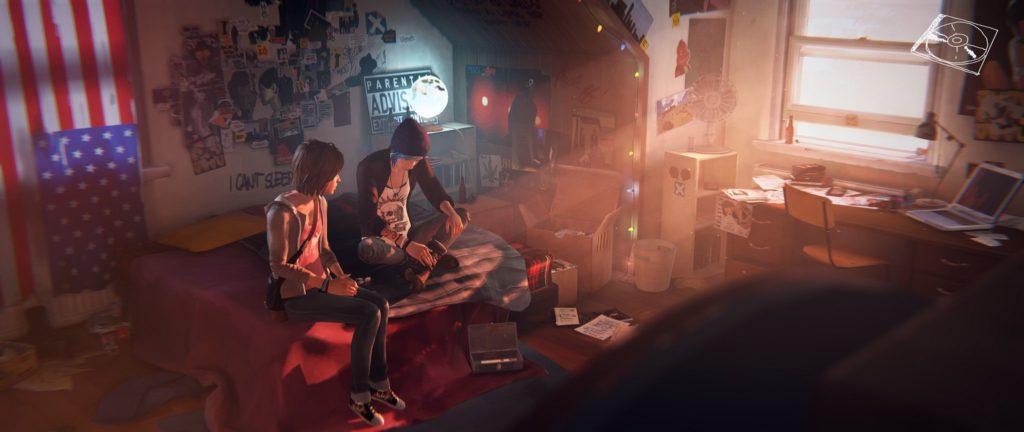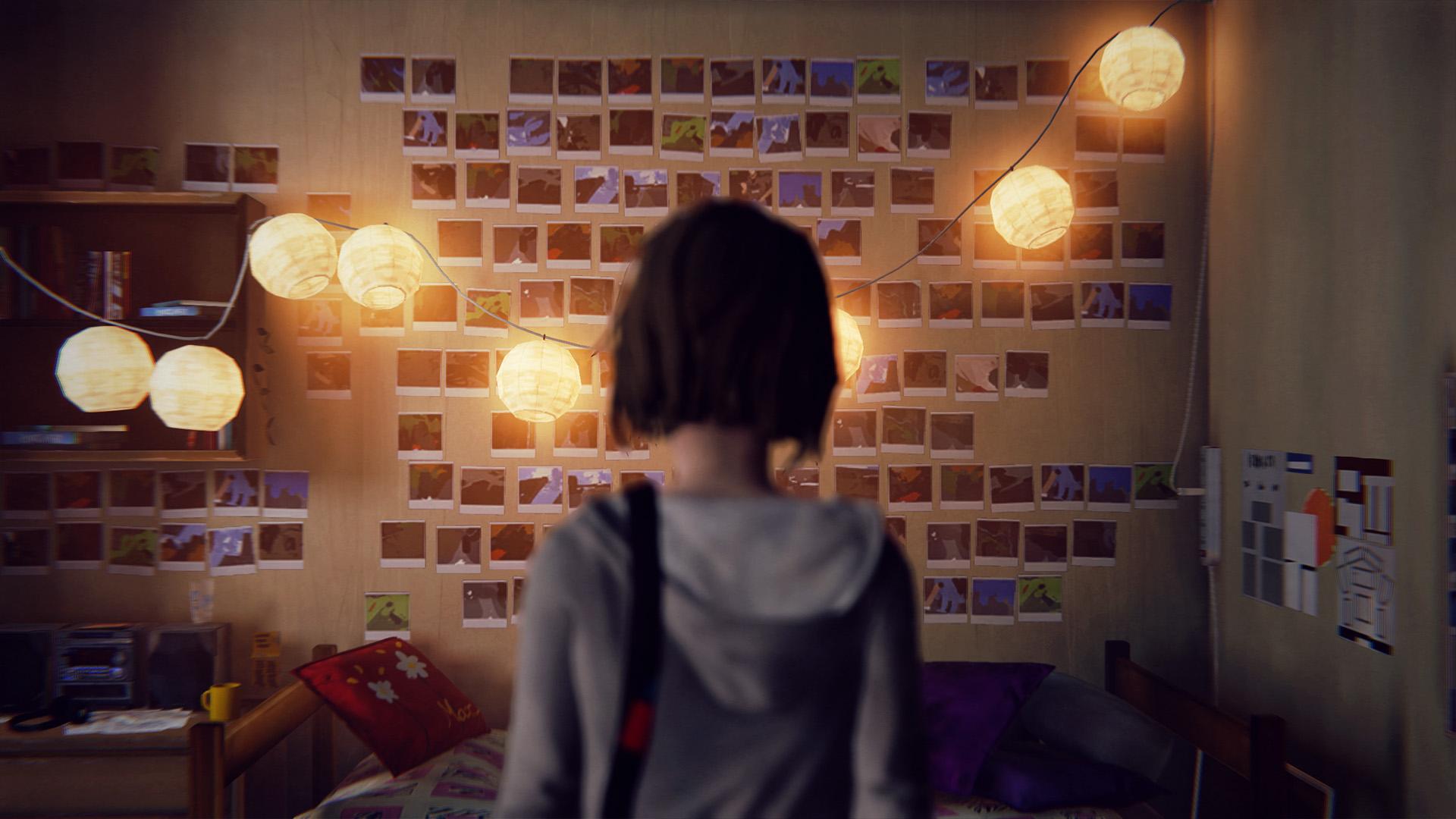Game: Life is Strange
Creator/Developer: Dontnod Entertainment
Platforms: Android, iOS, PC, Linux, Playstation, Xbox, Nintendo Switch
Life Is Strange, the first and original release in the series by Dontnod Entertainment, is a third-person game rooted in narrative exploration. You play as Max Caulfield, an aspiring photographer and student at Blackwell Academy, who mysteriously gains the power to rewind time. As you walk through the campus grounds and the rest of Arcadia Bay, you can uncover details about the town and its residents, gaining vital information from the present and past to inform your choices.

Max’s rewind powers are the primary mechanic of the game, and it is fairly easy to understand and get a hang of. Symbolized by a tight but limited spiral, the player can choose to rewind back in time to try different responses in conversations, pick up a detail they missed, or manipulate their surroundings in anticipation of an event. The player cannot rewind infinitely back in time; as time passes, they can only “wind back” until the end of the spiral. The mechanic strikes a nice balance between giving the player a chance to rewind and putting enough pressure for them to consider in a relatively short time. Depending on the pressure of the situation, players might still feel tense as they try their best to achieve a specific outcome, knowing that negative consequences can occur if they can’t. The simple mechanic is a powerful tool, but it is influenced by the overall narrative of the story, or more specifically, as Max grows to use her powers more. Even with powers, Max is still human, and the game puts limits on her in the rewind mechanic as well as in the story. As the story progresses, her powers have repercussions on her body, introducing a layer of pressure on the player that they must consider as they progress.

The narrative is rooted in the mystery of Arcadia Bay and its residents, and is uncovered gradually as the player explores each area in detail. It is up to the player to proceed directly to their goal, or take their time to wander and look at every detail. The rewind mechanic adds an extra layer to this by giving the opportunity to try different scenarios. There are more mundane ones, such as gaining extra tidbits from casual dialogue with other students, but there are also critical ones. In the opening sequence of the game, Max accidentally discovers her powers after witnessing a person getting shot by a gun in the bathroom, only to wind up back in her class moments before. If the player paid attention when exploring the bathroom just moments before the event, they might have picked up on the fire alarm in the back. If they did, upon their second experience of the event, they might know to immediately find a way to sound the alarm and startle the people involved. The rewind mechanic gives the player a chance to find these details on their own, and take the progression of the story into their own hands. How much they choose to notice and discover will affect what they can do down the line, and ultimately affect how much of Arcadia Bay’s secrets they uncover.
The game falls strongly under the narrative type of fun, with parts of discovery as the player pieces the story together from the different settings. Life Is Strange succeeds in crafting a mechanic and story that puts player choice at the forefront, making them invested in the story as their choices have direct consequences on how things play out. At times, the game can fail in its flow, as the player can walk into awkward spaces or draw out NPC dialogue to awkward silence. But if the player doesn’t try to forcefully break the flow and narrative immersion, they will find a game rich with detail, emotional ties, and moments that make one consider the worth of asking the question: “What if?”



